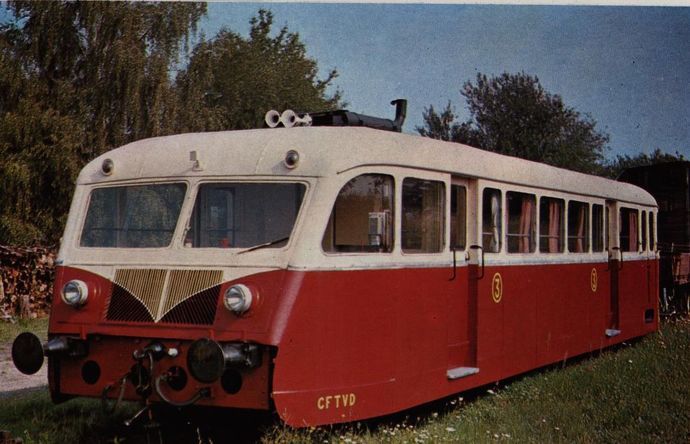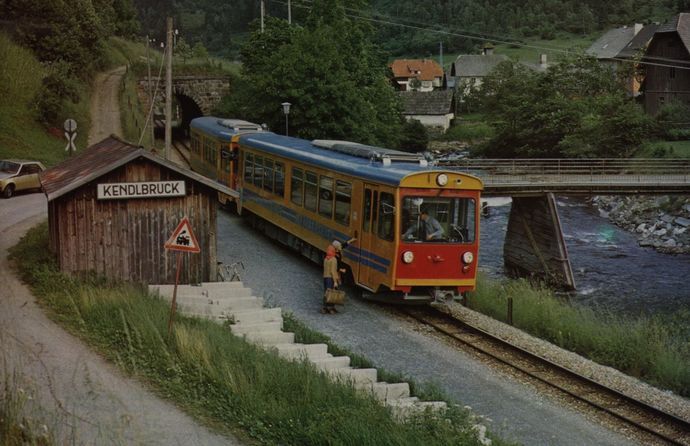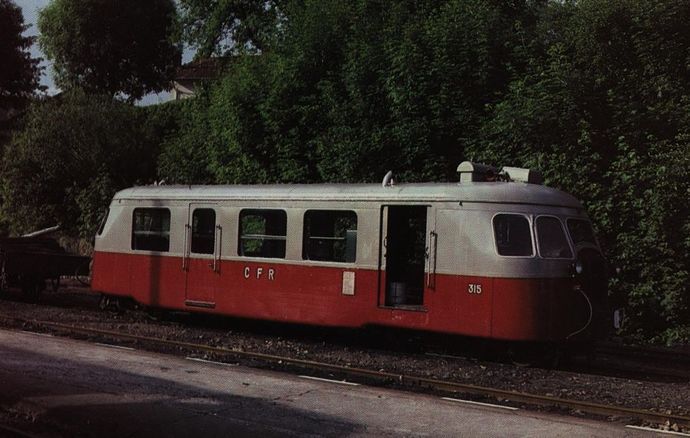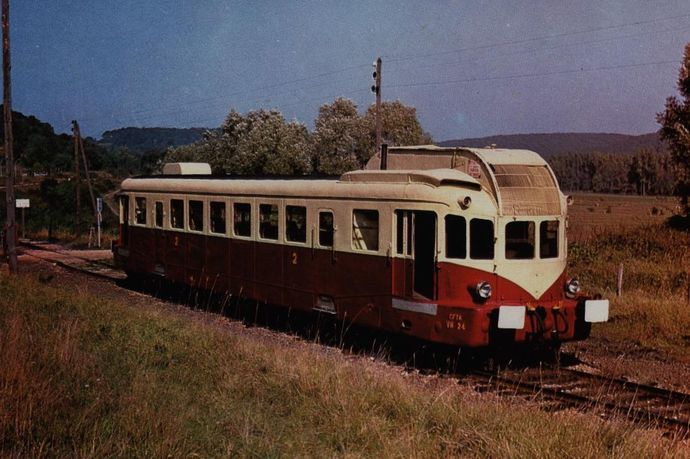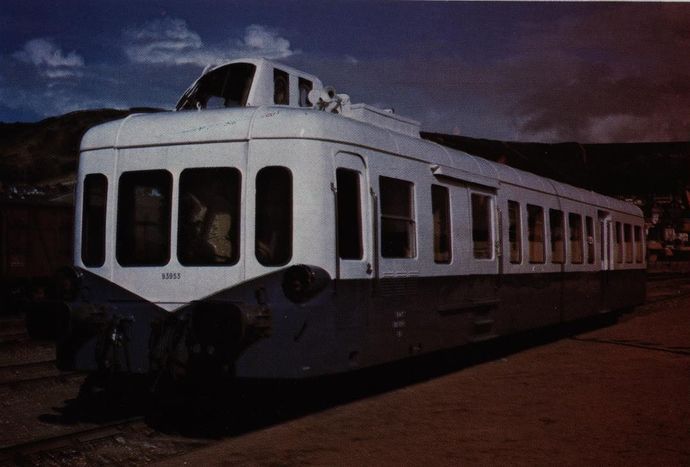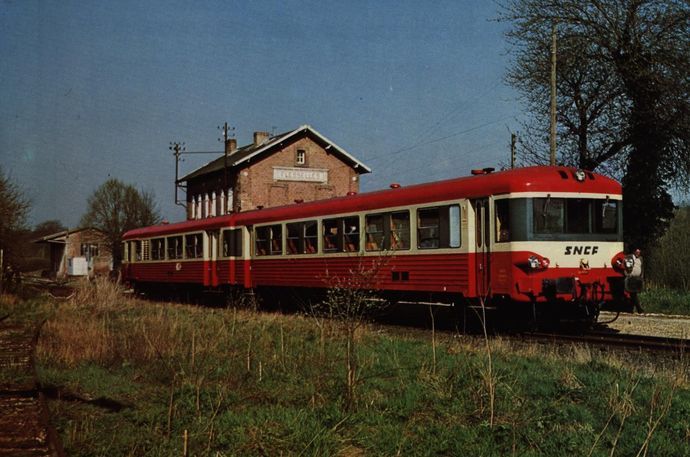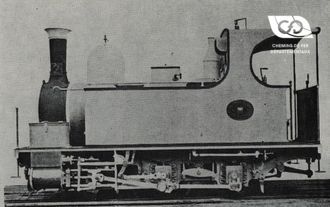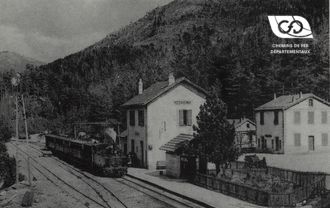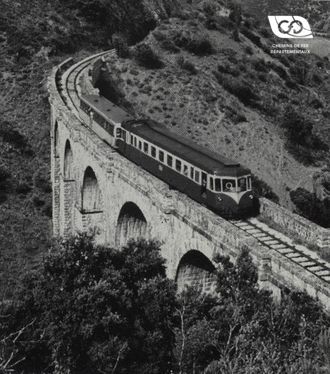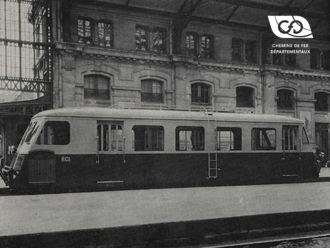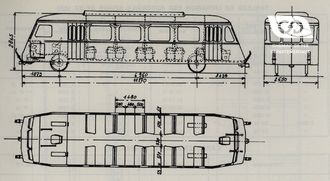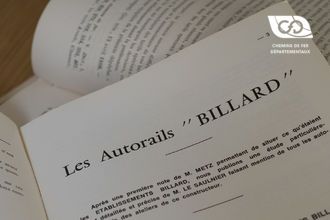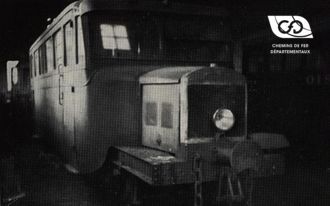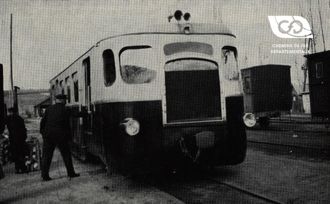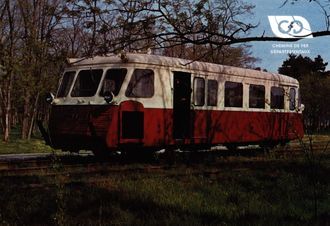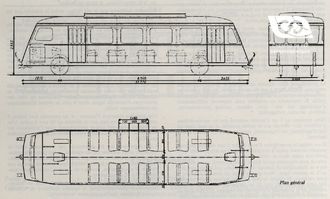The history of light railcars
Admittedly, railcars of this type are currently being built by the Compagnie des Chemins de fer départementaux (C.F.D.) but only for the last metric track networks in France (Chemins de Fer Corses, Chemin de Fer de la Provence, Réseau du Blanc-Argent) which are not necessarily the best testing grounds, and nothing was planned on the SNCF.
Historically, light railcars of all gauges had indeed existed and they had contributed on many departmental networks to contain the unbridled road competition of the 30's. There were even several generations of rail coaches such as the "Floirat" coaches, the "Verney" coaches, the "Talon" system coaches ... which made it possible, during the German occupation, to make up for the lack of tyres or to compensate for the lack of railcars at the time of the Liberation. Several lines were operated for many years by Floirat coaches (Capdenac-Cahors-Monsempron-Libos-Agen...) and Verney coaches remained until the end of passenger service in 1965 on the important standard gauge network of the Chemin de Fer de Mamers-St-Calais.
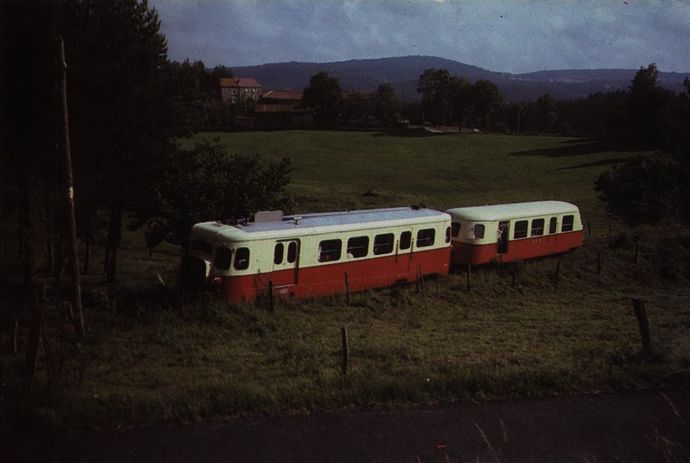
The only "light", purely railway and truly modern, unified series machines built for the S.N.C.F. and operated by it in the years 1945-1955 were the F.N.C. railcars with axles. of 90 horses, designed under the aegis of the Fédération Nationale des Cheminots, and the Renault of 150 horses, series X 5500 and X 5800, with carriages of 2 axles each (thus 4 axles in all), which are nowadays all decommissioned from passenger service on the national network. The remaining X 3800s, known as the "Picasso", although they have a reduced capacity (62 seats, 2nd class), cannot, given their 300 horsepower, be described as "light".
Truly "light" railcars ran on the leased S.N.C.F. lines, whether under C.F.T.A. administration. (Provins network) or under that of the C.F.D. (Autun network). In both cases it was a question of "Billards" railcars, from the well-known Tourangeau manufacturer, who did so much for the modernization, alas too late, of most of the French secondary networks.
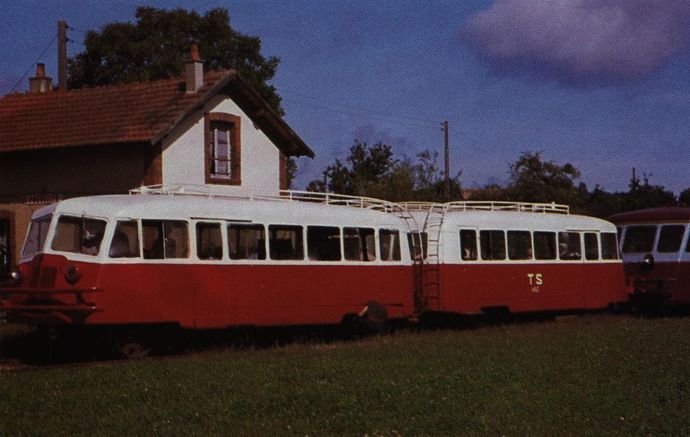
It can be noted that examples of all the above-mentioned machines can still be seen on many tourist networks which have preserved them. For example, an F.N.C. in good condition is kept at the Richelieu depot (Trains à Vapeur de Touraine and Régie Ferrée Richelaise), while two machines transformed into driving cars continue to provide service on the national network, two "Verney coaches" are at the Connerré-Baillé depot managed by Transvap (Connerré-Bonnetable line), and two billiard railcars are used as driving cars on the lines leased to the C.F.D. around Autun, while a similar device, the 9132, plays a very active role in the tourist passenger service of the Chemin de Fer Touristique de la Vallée de la Doller (Cernay-Sentheim line).
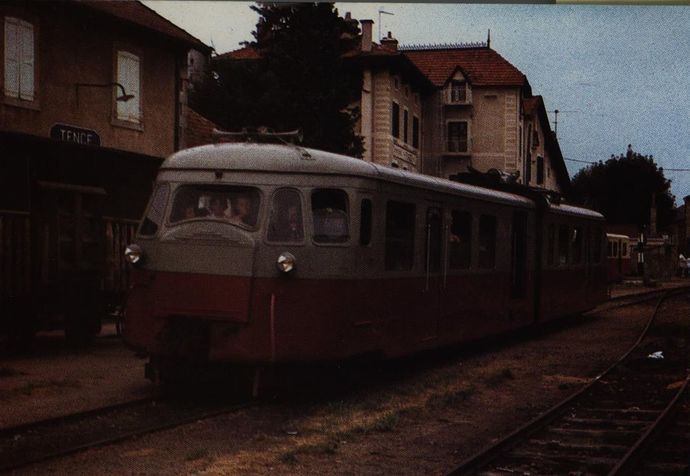
This list is not exhaustive, and many other old series railcars saved from the scrap metal, and that can be described as "light" continue to run here and there in France, whether on the tourist metric networks of the Baie de Somme (Cayeux-Noyelles-Le Crotoy line) and the Vivarais (Bas et Haut-Vivarais), or on the normal gauge lines of the Doller and Labouheyre-Sabres where venerable Dion trains run. As for the 150 horses, several of them are present on the Doller, Sabres, Bréda (Pontcharra-la-Rochette line), Grasse (Comité Cannes-Grasse) or Hyères.
